Purpose
This three-part exercise focuses on collaboration and team building. It highlights the importance of communication and teamwork in groups. The three parts of the activity incrementally add more partnership between individuals helping participants to compare their performance as more collaboration is introduced. You can run this as a teambuilding game.
Objective
Make the tallest Lego tower in groups based on the amount of collaboration specified for each part of the exercise.
What You Need
- Lego bricks to make a tower. You need enough Lego bricks to make the task challenging and also be able to provide an equal number of bricks to several groups.
Setup
- Divide the delegates to groups of 3 or 4.
- Provide an equal number of Lego bricks to each group.
- Explain that this exercise has three parts.
Part 1:
- Each group must make the tallest tower using only the bricks provided to them. The team members are not allowed to communicate with each other verbally or by writing.
- Explain that they have 10 minutes for this part.
- At the end, measure and record the height of each group’s tower.
- What to look for:
- People would struggle to make a good tower.
- The lack of communication can be annoying.
- There is little creativity or exchange of ideas.
- Follow with a discussion for this part (see notes under discussion below).
Part 2:
- Ask groups to dismantle their towers.
- Explain that now they are allowed to communicate anyway they want. Ask them to make another tower and aim to make it higher than their first version.
- Explain they have 10 minutes for this part. Expect them to finish sooner this time.
- Measure the height of the towers and compare the heights with each other as well as the results of Part 1.
- What to look for:
- People would be much more cooperative and enthusiastic about their tasks.
- Expect lots of knowledge sharing and discussions.
- Expect good teams to self-organise by nominating a leader, divide tasks, discuss their designs, think of several designs and execute the best options.
- Follow with a discussion for this part (see notes under discussion below).
Part 3:
- Ask groups to dismantle their towers.
- Bring all groups together and ask them to work together to make one giant tower with all the bricks from all the groups and all the experience they have gained so far.
- Explain that they have only 10 minutes for this part.
- What to look for:
- Because of the larger numbers of people involved, expect them to self-organise and nominate a leader who proceeds to assign tasks.
- Expect the creation of sub-teams working on various parts in parallel.
- Expect participants to create a much bigger tower.
- Follow with a discussion.
Timing
Explaining the Exercise: 5 minutes
Activity: 10 min + 10 min + 10 min = 30 minutes
Group Feedback: 5 min + 5 min + 5 min = 15 minutes
Discussion
Discussion for Part 1:
- What did you think of your performance in this part?
- What did you think of the lack of communication?
- Were you satisfied with the height of your tower?
- Did you think you could have done much better, but lack of good teamwork and communication stopped you to get there?
- Did you all end up working individually as a result, significantly compromising your performance?
- Did you find yourself competing with each other?
Discussion for Part 2:
- Did you do better this time?
- What made it easier?
- Did you nominate a leader?
- Did you work in parallel to save time and make a taller tower faster?
Discussion for Part 3:
- Did you manage to make a significantly bigger tower in comparison with previous attempts?
- Did you nominate a leader?
- Did you borrow ideas from groups who performed better in previous parts or put them in charge based on their better performance?
- Did you divide to sub groups with supervisors reporting to the leader?
- How did you manage to take advantage of the extended workforce?
- Do you think you were successful as larger team, or do you think it was more efficient to work in smaller teams such as in Part 2?
- If you had a chance to go through this exercise again, what would you do differently?
Soft Skills Training Materials
Get downloadable training materials
Online Train the Trainer Course:
Core Skills
Learn How to Become the Best Trainer in Your Field
All Tags
Training Resources for You
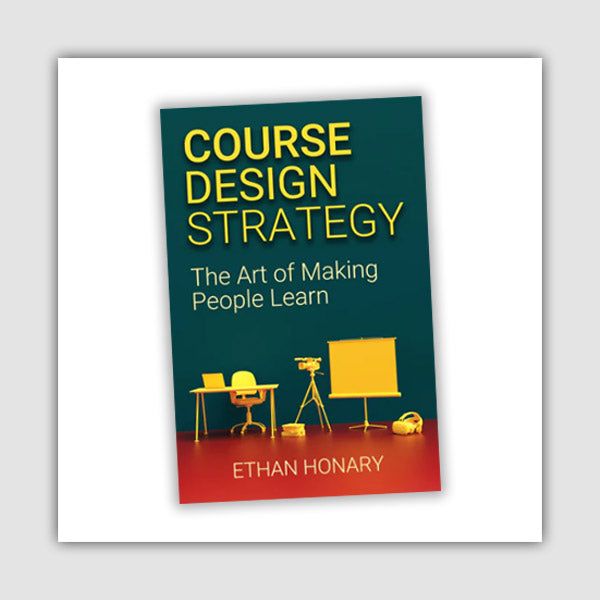
Course Design Strategy
Available as paperback and ebook

Free Training Resources
Download a free comprehensive training package including training guidelines, soft skills training activities, assessment forms and useful training resources that you can use to enhance your courses.

Our Comprehensive Guide to Body Language

Train the Trainer Resources
Get Insights - Read Guides and Books - Attend Courses
Training Materials
Get downloadable training materials on: Management Training, Personal Development, Interpersonal Development, Human Resources, and Sales & Marketing

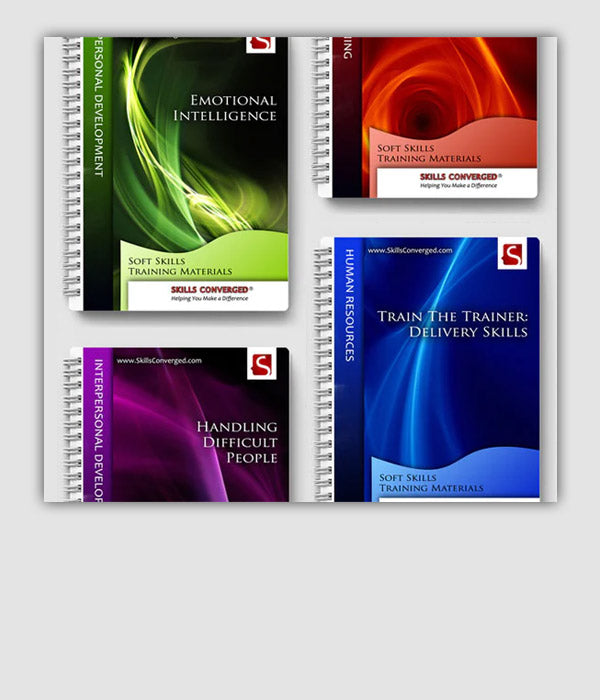
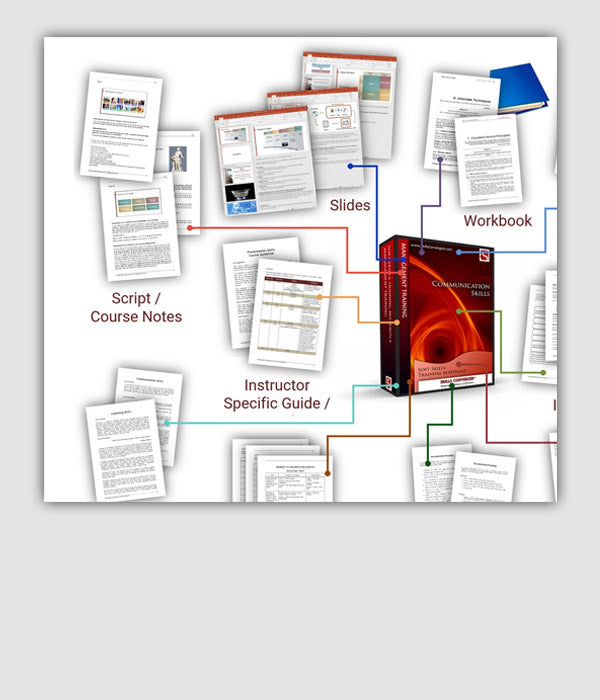
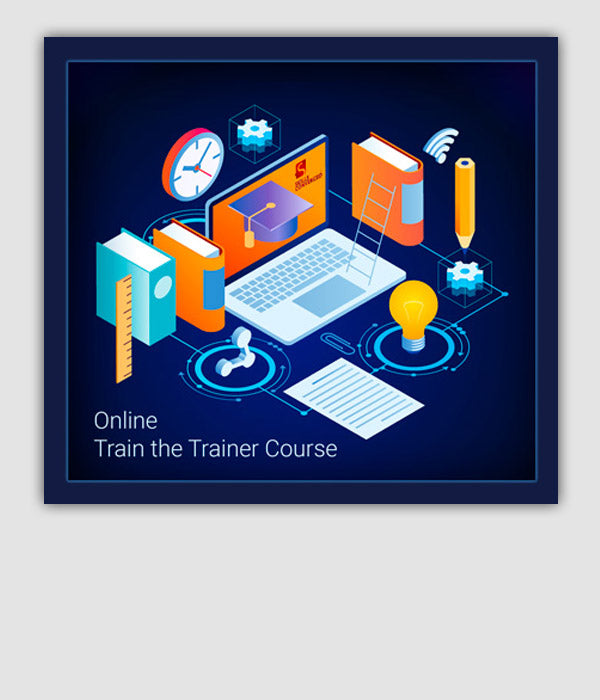
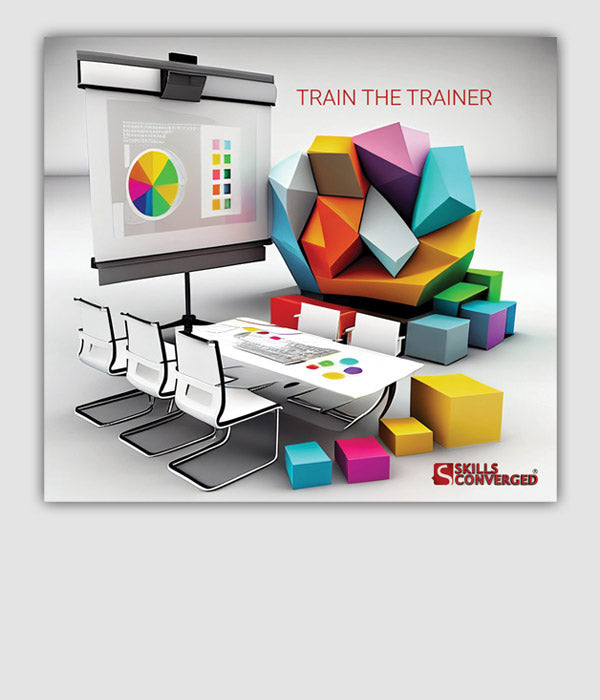



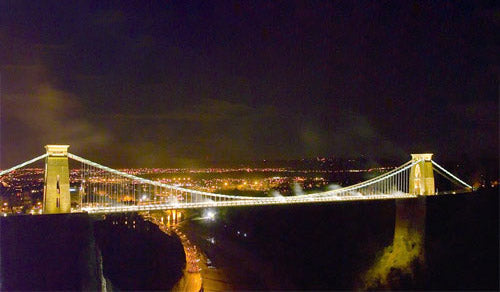
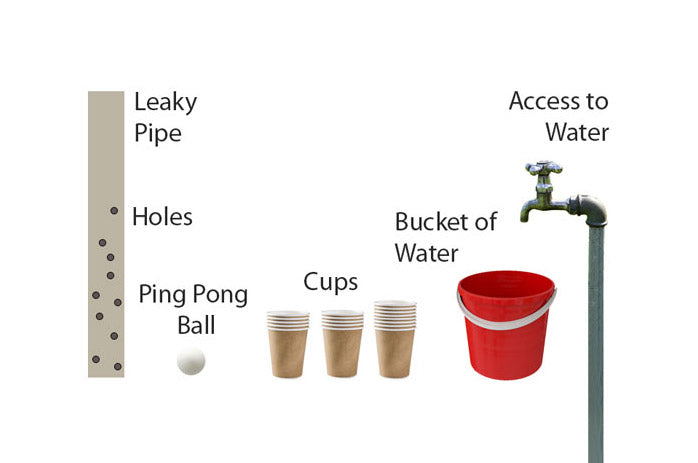
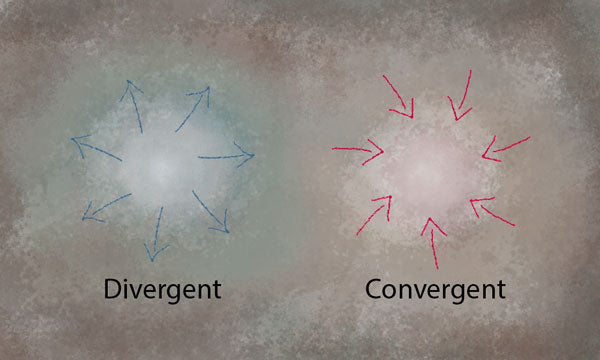
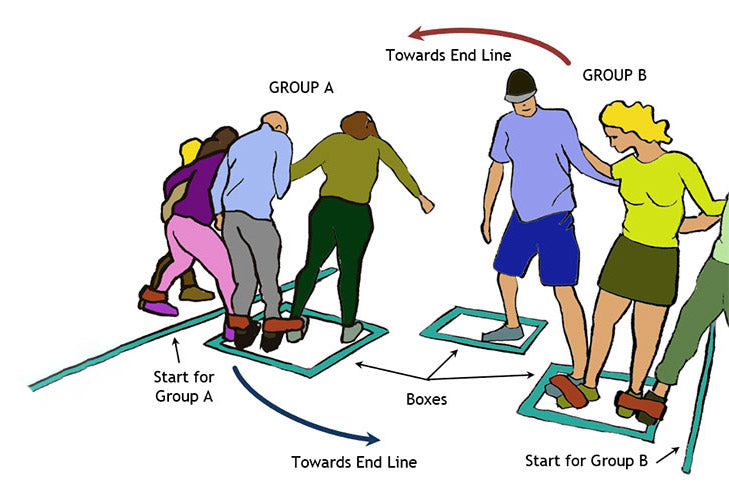
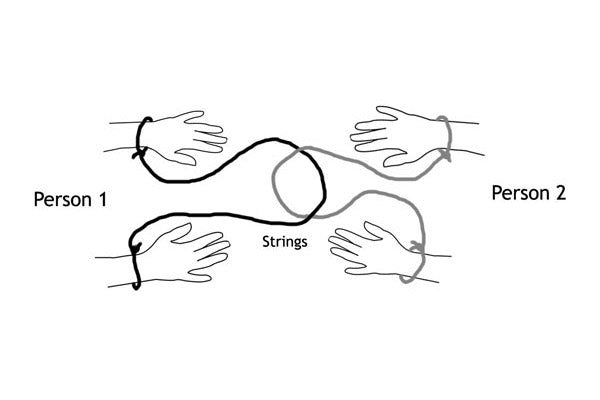

Leave a comment
All comments are moderated before being published.
This site is protected by reCAPTCHA and the Google Privacy Policy and Terms of Service apply.